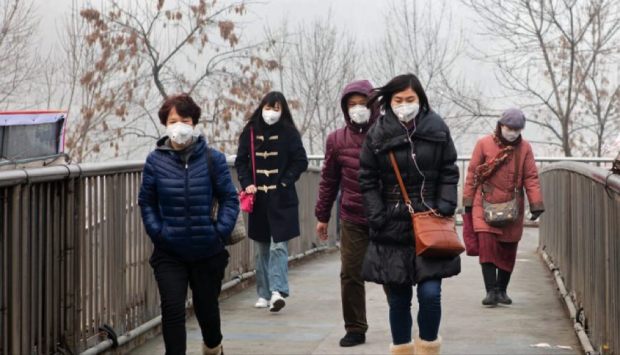
(Photo : pixabay)
Over the last several days, the number of new reported cases of COVID-19 (the new official name for the latest coronavirus outbreak) has been falling, leading many people to hope that the worst is over. Of course preventative measures are still in place, and there can't be certainty at such an early stage that there won't be a new spike in cases. However, it opens the question of how to gauge the economic impact and market reaction as the situation in China normalizes.
Now, one of the problems with analyzing the effect of a return to normal after COVID-19 gets under control is a similar problem when measuring the effects when it started: the lack of reliable information. At the beginning of the month, there were signs that a peak in cases had been reached, but then a massive number of cases were added to the official lists. This was attributed to a change in methodology in determining the number of cases. We can't rule out a discrepancy like that in other metrics as well.
The scenarios
Many analysts have been upbeat about the effects of the outbreak, saying that it will be a shorter duration and cause a V-shaped depression in economic indicators following a rapid recovery. But it's not a simple reversing of the effects that were caused. The economic situation has changed, and restarting a factory is not the same as shutting it down.
The latest estimate has over 130 million people still under some form of quarantine in China. It's now become a problem of programing of how to get facilities back on line: factories need electricity and other raw materials, which means bringing suppliers online first even if they are in places that have been more affected. Companies that have facilities in unaffected areas and a healthy workforce might be unable to open because they rely on supplies from Wuhan.
The metrics
There are, however, some core metrics that are good proxies for economic activity. Authorities and executives can talk about restarting factories, but the demand for coal to fuel the power plants that supply those factories will be a closer measure of the real economic activity. The onshore price of coal, and coal inventories is a good measure of how much economic activity has grown.
Coal consumption bottomed out for the Lunar New Year at the start of the outbreak when most factories were shut. A similar metric that is also publicly available is the total production of electricity in the country.
The economics of replacement
With many Chinese either afraid of going to places with a lot of public, or outright banned from doing so, box office receipts have practically vanished since the outbreak. Conversely, the number of people watching and signing up to Netflix and other streaming services has grown substantially. As people return to work and retailers open, box office numbers should start to rise and Netflix viewership decline, giving us some insight in the degree by which things are returning to normal.
We would expect there to be a delay between when the economic situation starts to normalize in China and a return to normal trade with Japan, Australia and other partners. Keeping an eye on these unconventional metrics could provide some advance notice of how the situation in China is evolving.
Source: Orbex.com
- Contribute to this Story:
- Send us a tip
- Send us a photo or video
- Suggest a correction




































